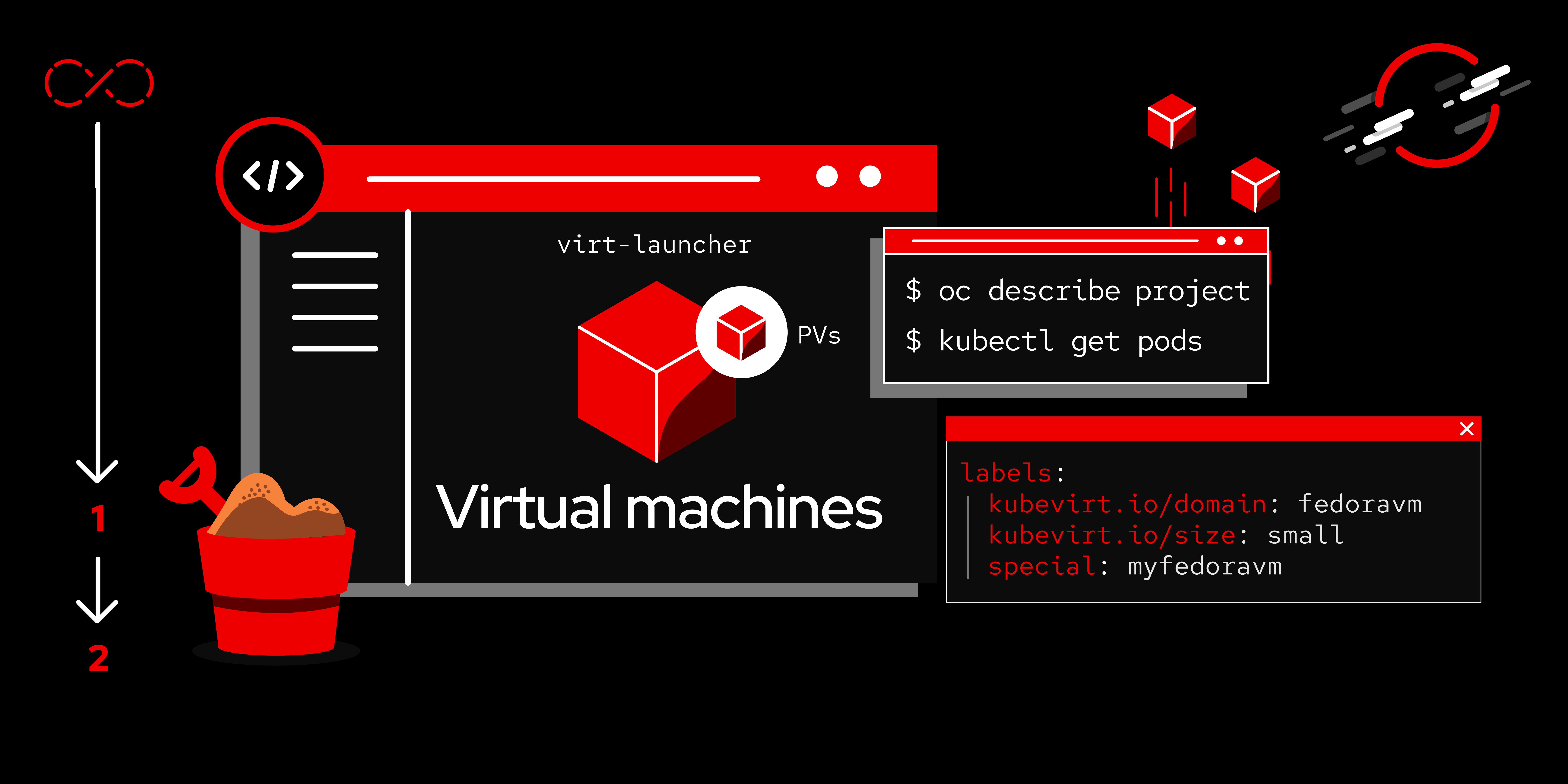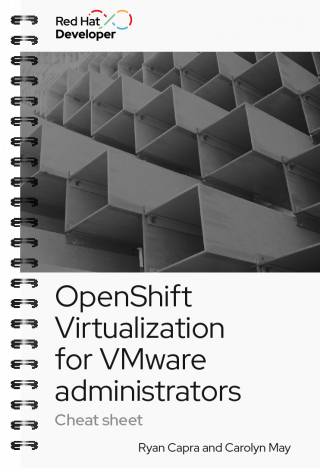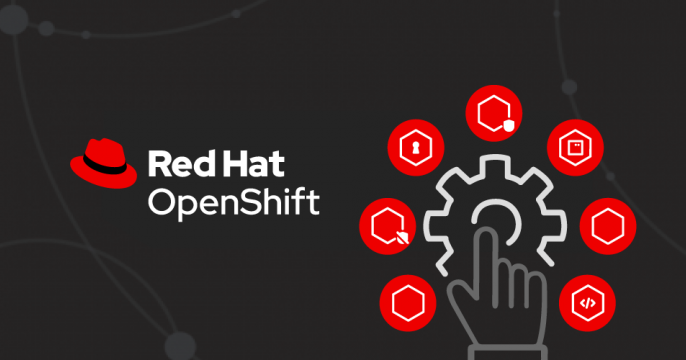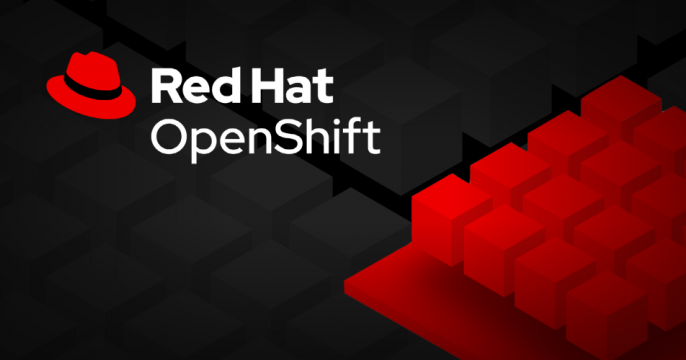Red Hat OpenShift Virtualization
Red Hat OpenShift Virtualization provides a modern platform to run and deploy new and existing virtual machine workloads.

What is Virtualization?
Virtualization lets you create multiple simulated environments or resources from a single, physical hardware system. Using a hypervisor which is software that creates and runs virtual machines (VMs) to connect to the hardware and split the single system into separate and distinct VMs. Resources like CPU, storage, and memory can be pooled and relocated. Guests get access to the resources they need via operators.
OpenShift Virtualization for VMware administrators
Transitioning your infrastructure shouldn't feel like deciphering a new language. This concise guide helps VMware administrators efficiently manage virtual machines (VMs) within the powerful OpenShift platform and provides insight into features and functionalities found across both Red Hat OpenShift and VMware, including:
- Storage: From datastores to PersistentVolumes, understand where your VM disks live and how storage is managed in OpenShift.
- Networking: Demystify OpenShift network policies by seeing how to access features like network configuration, software-defined networking, and virtual machine connectivity.
- Compute resources: Grasp compute concepts across monitoring, migration, resource balancing, and more in OpenShift, drawing parallels to vCenter and vMotion.
- Observability: Learn how OpenShift's monitoring and alerting tools relate to functions across VMware vSphere.
- Virtual machine components: See the direct mapping of VM tools, NIC types, SCSI controllers, snapshot functionalities, and more.

Latest virtualization resources

Learn about the right-sizing recommendations for OpenShift Virtualization...

Troubleshoot and benchmark OpenShift Virtualization workloads by seamlessly...

Learn how to run performance tests using benchmark-runner on Kubernetes and...

Learn how to automate builds of golden images for Red Hat OpenShift...






